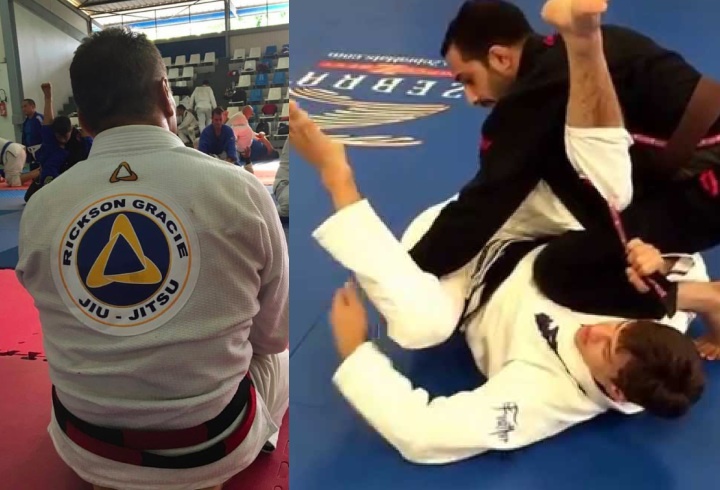Yeah, there were some years like that back then. Thankfully, we survived them.I loved that job. Not as fun at the first store I worked at, which was on "The Ave" in Seattle. At the time, that place was pretty rough. Lots of homeless teens, drugs, etc going on in that area. Fortunately, a lot of the worst ruffians were my friends, but I was frequently asked to kick people out, break up fights, etc...
The second store I worked at was great... down on University Avenue, not too far away, but on the good side of Greek row. A lot of really pretty, frisky sorority girls going through the drive thru all the time. They would shamelessly objectify me, but at 16, I didn't mind at all.
In my senior year in high school, my family moved to Bainbridge Island. I was already enrolled at Garfield in Seattle, so we just sort of didn't tell them that we had moved. I would take the ferry across into Seattle, go to school (well, really, I would skip most days and hang out with my fellow delinquents), then work evenings at the Coleman Dock store literally in the ferry terminal and then just walk onto the ferry after work.
Those were pretty good times. After I graduated, I got a job as a dishwasher at a place called the Streamliner Diner on the Island. The other dishwasher was the drummer for Nirvana at the time, before they were really big. His name was Chad, and he and I got pretty messed up after work on many occasions.
My time on Bainbridge was relatively brief... was there for just over a year. But man, that was the most irresponsible year of my life.
My second job was pumping gas. Kinda fun for a kid, but in the pouring rain and freezing cold, it sucked. Then in a shoe store, then a clothing store. Suddenly I was one of the sharper dressed kids in high school.
First job in college I was Santa Claus. Fun gig. Lots of drunk college girls would come in on weekend nights to get their pic taken on Santa's lap. Next job was in a sub shop, I was there for a year, never made even one sub. My job was to answer the telephone in the back room and record sports bets.
Man, I had some crazy part time gigs in the early years.

